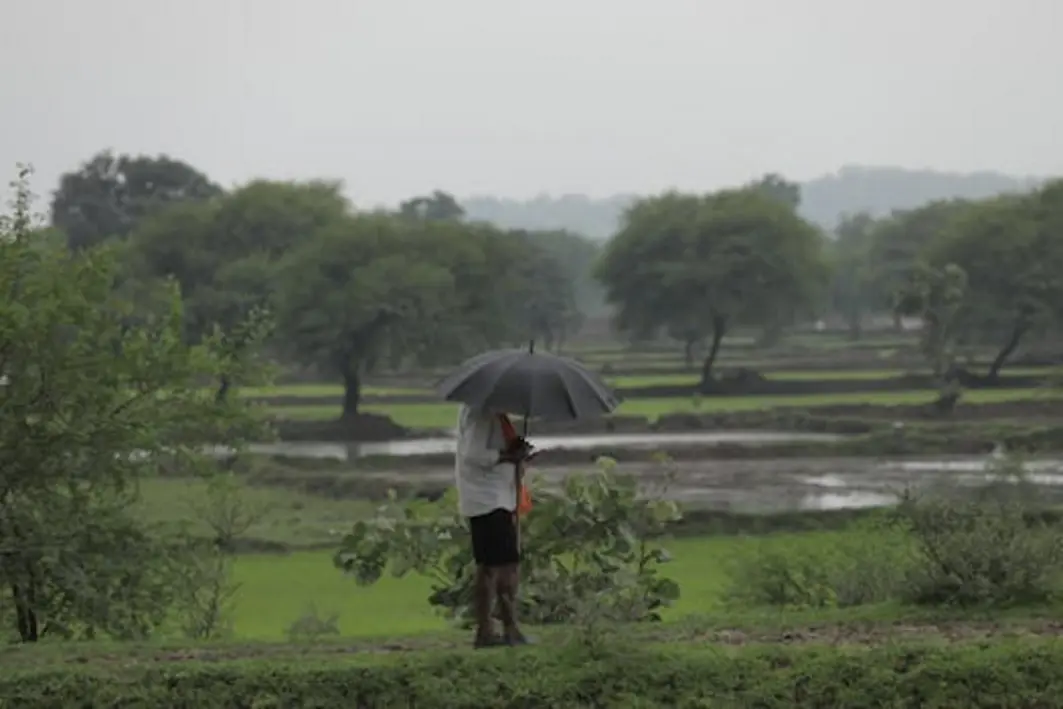
Chhattisgarh’s Monsoon: A State-Wide Rainfall Report and What it Means for You
Ever wonder how much rain your region actually gets? It’s easy to feel like you’re either perpetually soaked or desperately wishing for a downpour, isn’t it? Understanding the amount of rainfall in your area can be more important than you think – it impacts everything from local agriculture and water availability to disaster preparedness. This monsoon season, Chhattisgarh has experienced significant rainfall, and understanding the specifics can give you a better sense of your local environment and how weather patterns are evolving.
In this article, we’ll dive deep into Chhattisgarh’s recent rainfall data, providing a district-by-district breakdown. You’ll discover which areas received the most and least rainfall, and what these variations might indicate. You’ll also learn why this information matters and how it can influence your daily life. This isn’t just about numbers; it’s about understanding the weather patterns shaping our world and empowering you with valuable insights. Are you ready to explore the details?
The Big Picture: Average Rainfall Across Chhattisgarh
From June 1st to July 27th, Chhattisgarh saw an average rainfall of 592.2 mm. That’s a considerable amount of water impacting the entire state! The State Level Flood Control Room, established by the Revenue and Disaster Management Department, meticulously collected and analyzed this data, providing a comprehensive overview of the monsoon’s impact across the districts. This data is critical for monitoring potential risks and implementing timely responses, such as disaster relief. It also helps identify areas facing water scarcity and supports planning for future seasons.
Rainfall Breakdown: District-by-District Analysis
Let’s take a closer look at the data, focusing on the extremes and key regional variations:
- Highest Rainfall: Balrampur district topped the charts with a staggering 928.6 mm of rainfall. This highlights the localized intensity and potential for flooding or other weather-related challenges in Balrampur.
- Lowest Rainfall: Bemetara district recorded the lowest rainfall at 302.8 mm. This difference can have huge implications for farmers and water management in this district. It also underlines the varied impact of the monsoon across the state.
Other significant rainfall figures across the state include:
- Surguja: 433.4 mm
- Surajpur: 748.0 mm
- Jashpur: 693.1 mm
- Koriya: 679.6 mm
- Manendragarh-Chirmiri-Bharatpur: 641.4 mm
- Raipur: 546.2 mm
- Balodabazar: 536.3 mm
- Gariaband: 449.5 mm
- Mahasamund: 509.7 mm
- Dhamtari: 460.4 mm
- Bilaspur: 645.2 mm
- Mungeli: 638.4 mm
- Raigarh: 756.9 mm
- Sarangarh-Bilaigarh: 567.9 mm
- Janjgir-Champa: 830.5 mm
- Sakti: 704.7 mm
- Korba: 659.6 mm
- Gaurela-Pendra-Marwahi: 615.0 mm
- Durg: 483.4 mm
- Kawardha: 439.1 mm
- Rajnandgaon: 524.6 mm
- Mohla-Manpur-Ambagarh Chowki: 717.2 mm
- Khairagarh-Chhuikhadan-Gandai: 436.4 mm
- Balod: 555.1 mm
- Bastar: 687.5 mm
- Kondagaon: 412.7 mm
- Kanker: 560.5 mm
- Narayanpur: 533.4 mm
- Dantewada: 621.3 mm
- Sukma: 472.4 mm
- Bijapur: 751.6 mm
What This Means for You
Understanding these figures isn’t just an academic exercise; it connects directly to your everyday reality. For example, if you live in an area with high rainfall, you might need to be especially conscious of waterlogging issues, and consider the best practices for managing water run-off around your home. Consider the impact on local agriculture; higher rainfall often translates to favorable harvests, potentially impacting the price of essential goods. Alternatively, drier areas may experience water scarcity, impacting farming and requiring extra careful water management.
The data from the Flood Control Room also supports effective disaster planning and response. By identifying regions at high risk of flooding, authorities can deploy resources and provide timely assistance. This is a good reminder of the importance of staying informed about local weather conditions and emergency protocols.
Practical Takeaways: Navigating the Monsoon Season
Here are some actionable steps you can take based on this information:
- Stay Informed: Regularly check local weather forecasts and advisories issued by your local authorities.
- Prepare for Emergencies: Keep essential supplies on hand, including food, water, first-aid kits, and emergency contact information.
- Assess Your Risk: If you live in an area with high rainfall, examine drainage around your house for effectiveness. Clear any obstructions to prevent water build up. If you live in an area with lesser rainfall, adopt responsible water habits.
- Support Local Initiatives: Contribute to community efforts to address water management issues, such as rainwater harvesting or drought relief programs.
Conclusion
Chhattisgarh’s monsoon season reveals significant regional variations in rainfall. Understanding the amount of precipitation in your local area is valuable to stay safe and prepare for potential risks. By staying informed and proactively managing water resources, you can contribute to a more resilient and sustainable future. Now, how can you use this information to best prepare for the monsoon season ahead?